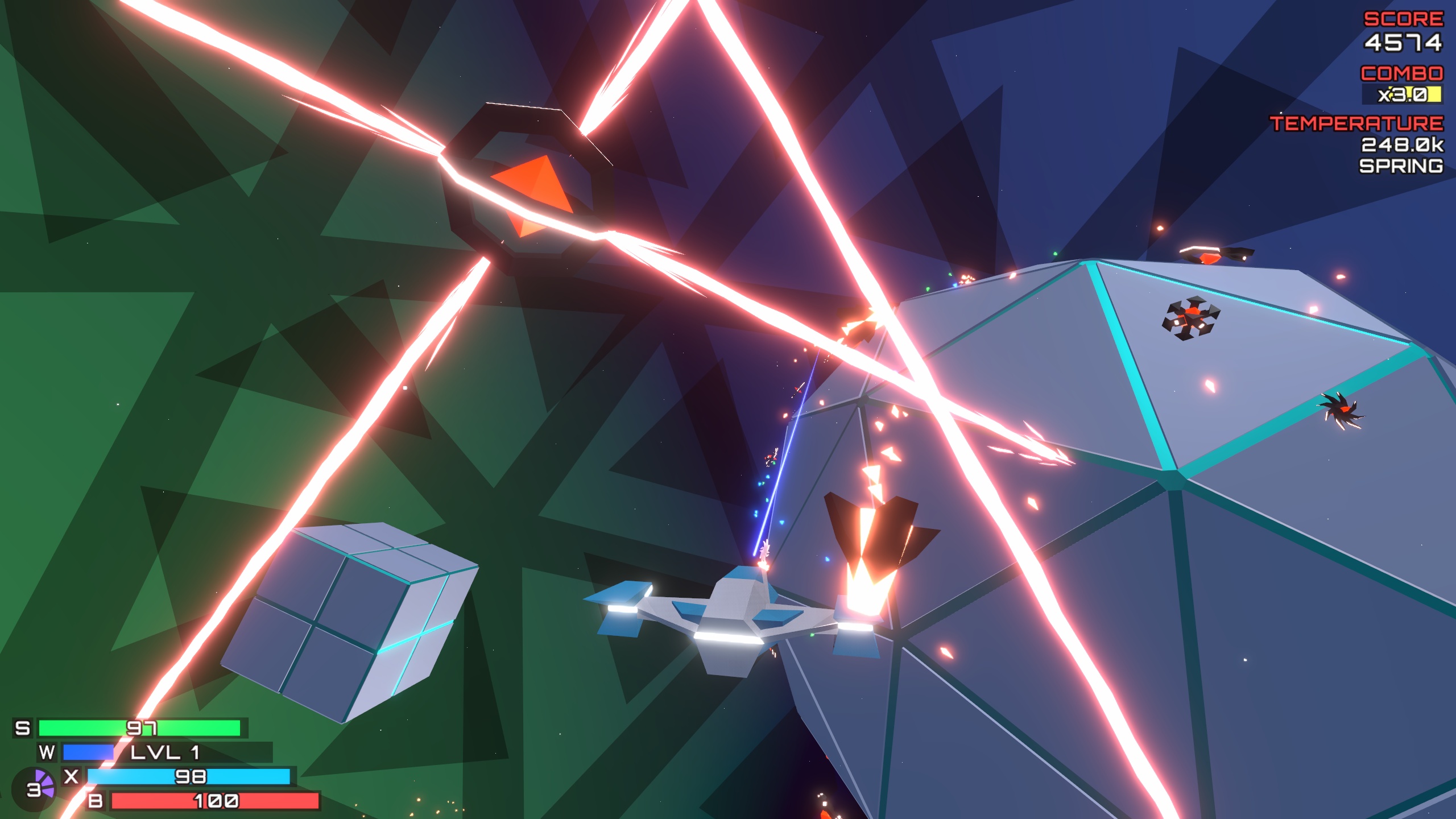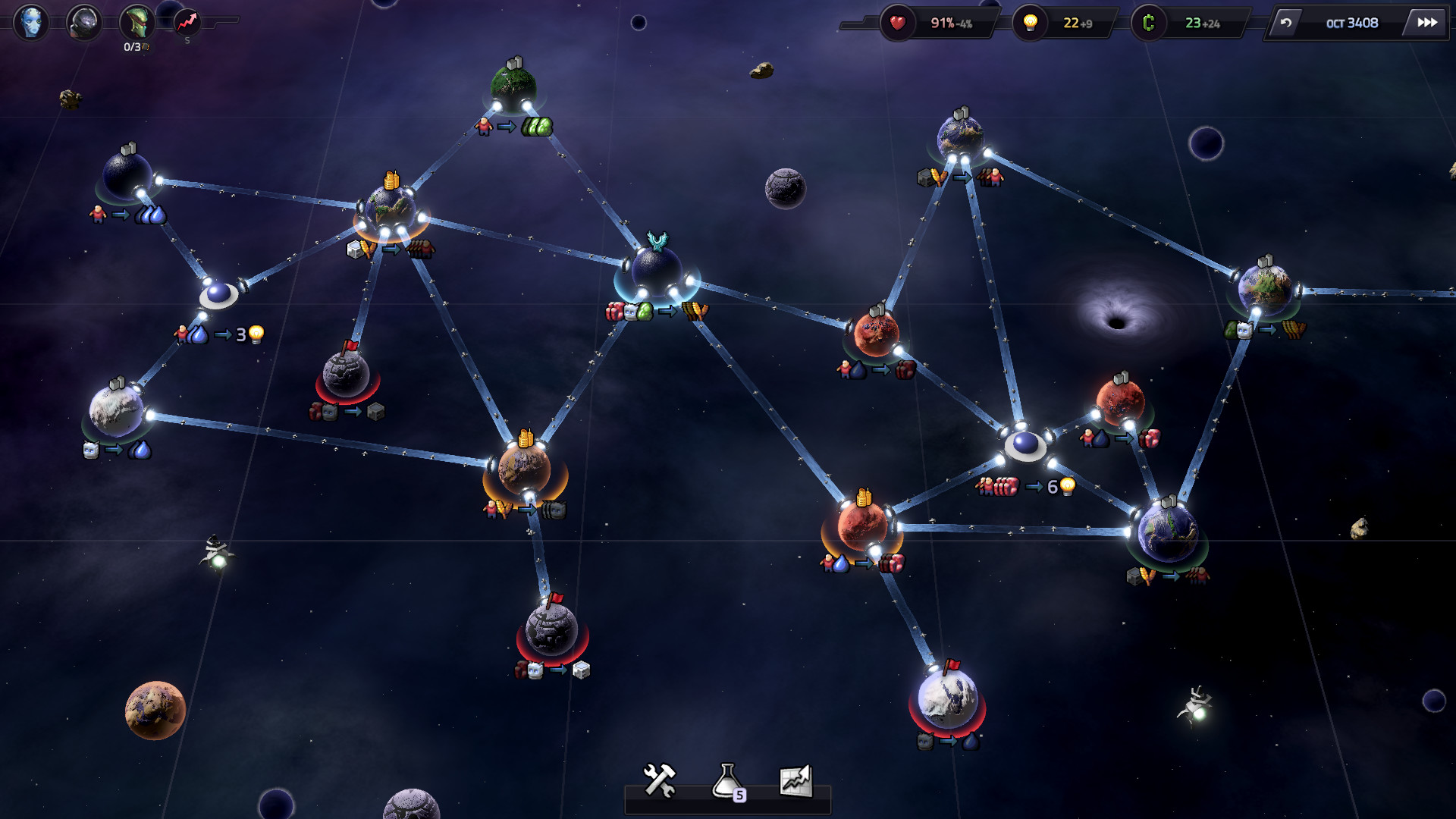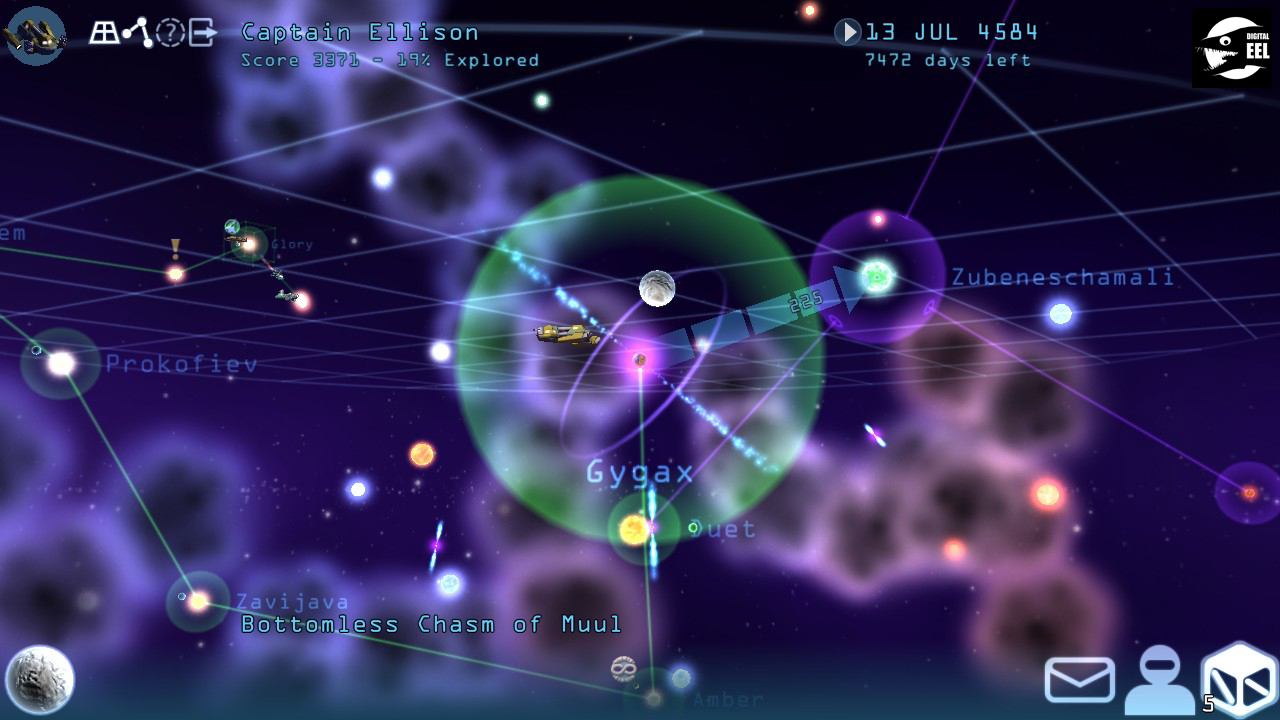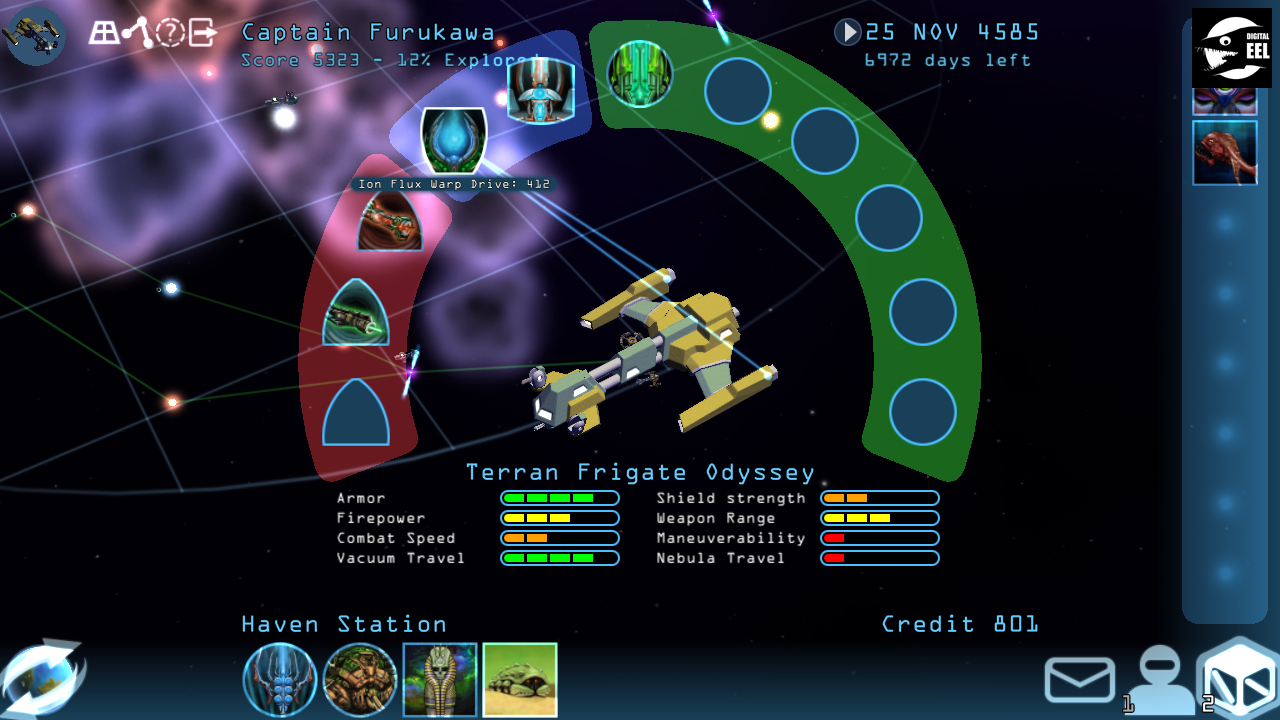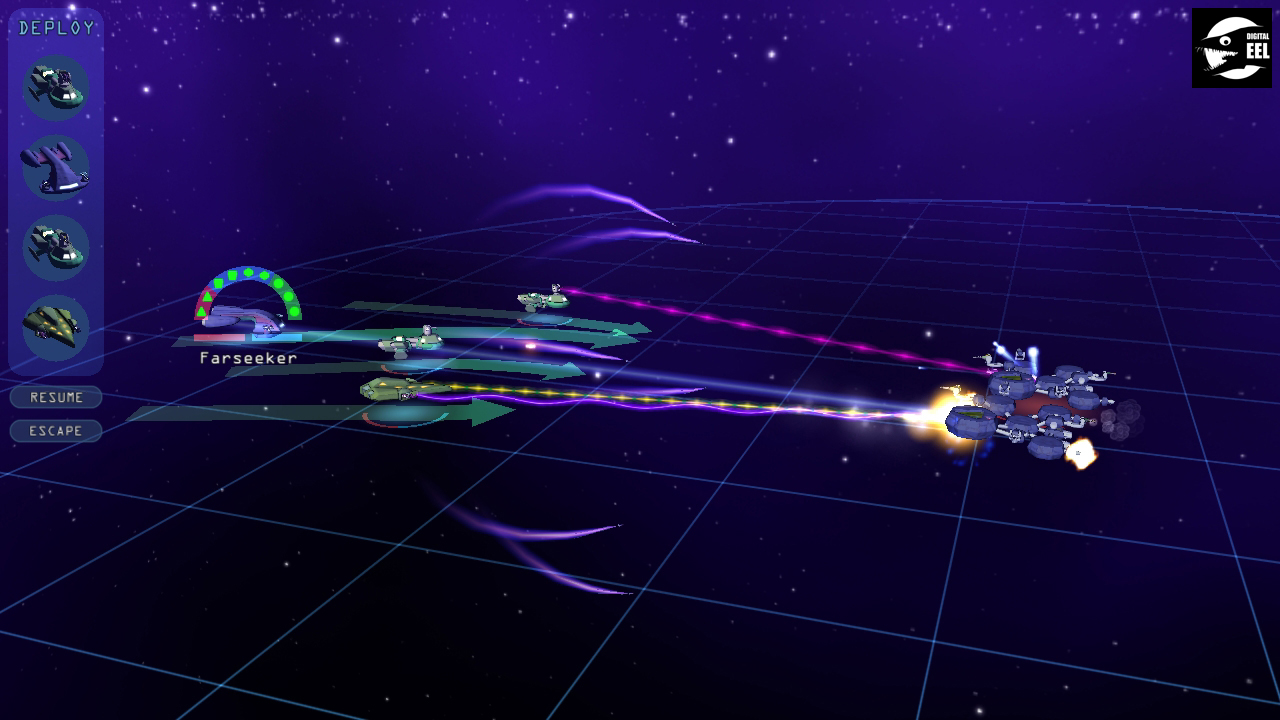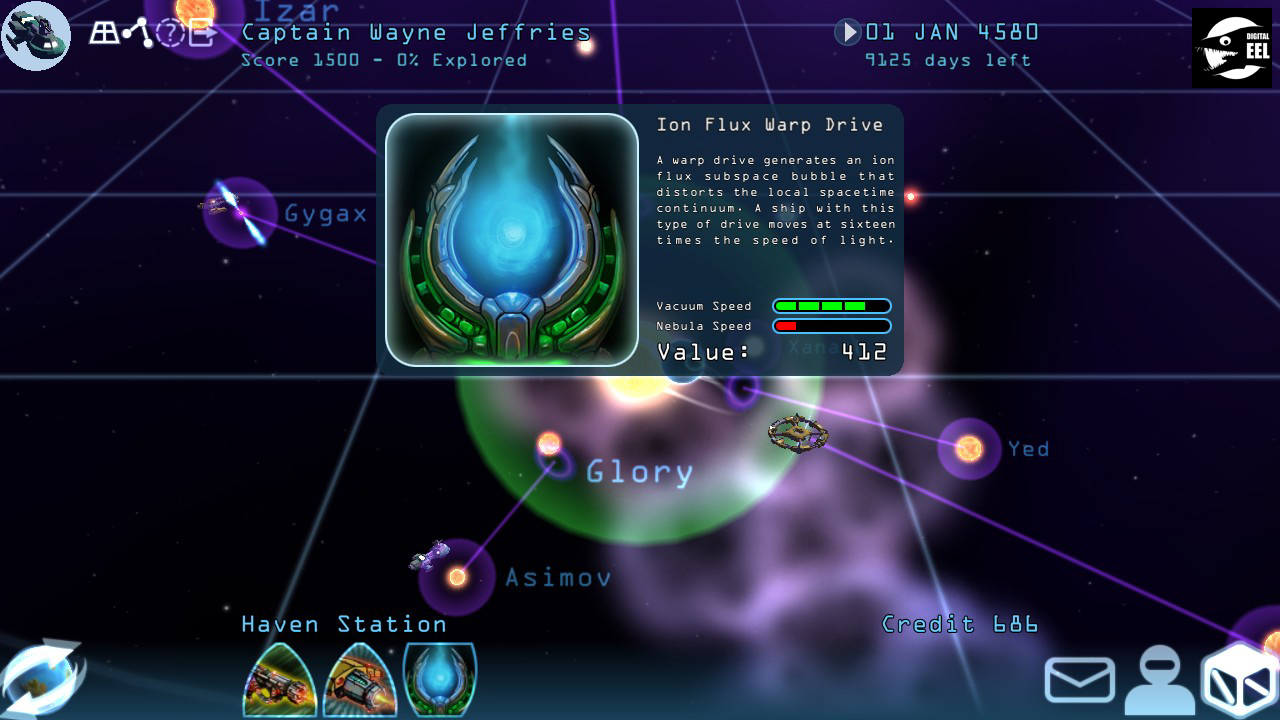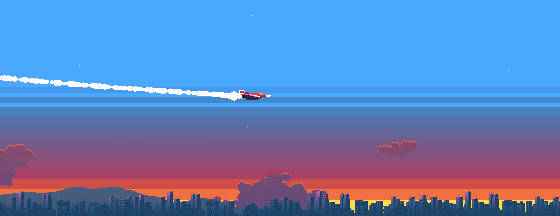
A friend of mine recommended I watch “Roar”. It’s a 1981 film about a guy who opens up a wild animal (mostly lions) rescue and lives with the animals. They guy who wrote and directed the movie also starred in it. Essentially the actors simply moved into a house filled with dozens of wild (not trained or tamed) lions and let the cameras roll.
Here are some of the trivia facts listed for Roar on IMDB:
During filming in 1977, Melanie Griffith was mauled by a lion and required plastic surgery. Griffith reportedly received fifty stitches to her face.
Cinematographer Jan de Bont was mauled and scalped by a lion on the set. de Bont required over 120 stitches to sew his scalp back from where a lion had bitten his head. After medical treatment, de Bont actually returned to the production to complete his D.O.P. duties.
During production, director/star Noel Marshall was attacked and severely injured by one of the lions in the film. He was hospitalized and it took him several years to completely recover from his injuries.
Assistant Director Doron Kauper was attacked and mauled by a lion during production filming of this picture. Kauper’s throat was bitten open from whereupon the lion proceeded to bite his jaw and attempted to rip an ear off. Reportedly, this attack on Kauper almost cost him his life.
Tippi Hedren fractured a leg during production when an elephant bucked her off its back when she was riding on top. Moreover, also during production, Hedren was bitten on the back of her head by a lioness called Sheri. Hedren received thirty-eight stitches to the open wound. The incident can be seen in the finished picture. Hedren is hanging to the branch of a tree when thirty-four lions run across her. The thirty-fifth lion bites at her head. Hedren’s screams and the blood seen are real. Hedren once said of being bitten by a lion: “Let me tell you, it hurts when you’re bitten by a lion. It’s not only that you may have an open, gaping wound, plus shock, but the pressure of those enormous jaws is so strong that it hurts”.
In 1978, a flood from a dam break killed many lions in the film, washed away the set and destroyed nearly all of the movie, including sets, completed film footage and three key lions including Robbie, the movie’s lion king. The picture was set back several years and the damaged done amounted to approximately US $4 million.
John Marshall was bitten by a lion during production filming of this picture and required fifty-six stitches.
Deputy Sheriffs had to shoot three lions during the flooding of the Marshall ranch. One of these lions was Robbie, the lion king of the picture. Robbie was a unique black-maned Rhodesian lion.
During the promotion of this picture, Tippi Hedren categorically stated that there would never be a ‘Roar 2’ sequel.
I like that last one the most.
Roar is a horrible, horrible movie with a terrible plot and worse acting, and yet you find yourself watching every second because these ain’t no CGI lions. Every second that unfolds you’re just waiting for the lions to attack another actor or crew member or each other, and it happens pretty often.
Horrible. Terrible. Highly recommended.
Comments? Join us on the forum.
Flack

